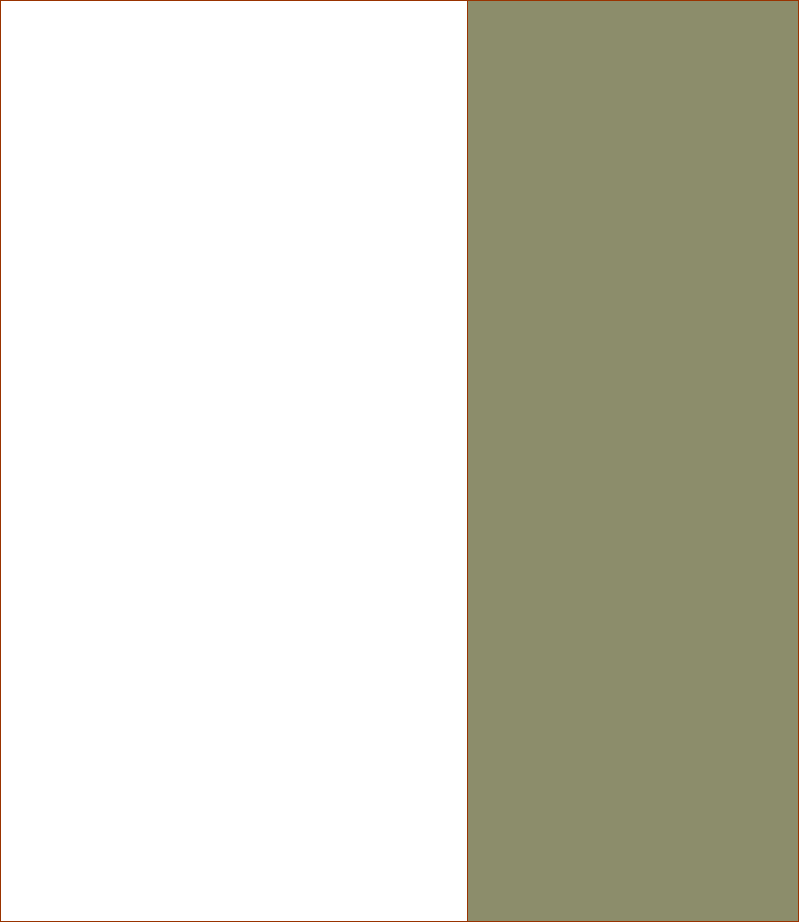 |
||
 |
||

Pierce's Disease Host Plants
Blue-green sharpshooters, the insects primarily responsible for spreading Pierce's Disease in vineyards, have strong natural controls and only occur in low numbers. There is no benefit in trying to perform additional controls on this insect.
The best way to control Pierce's Disease is to remove host plants along the creek that serve as the repository for the disease during the winter. If this is successful, there will be no source of the bacteria when the sharpshooters emerge from the riparian zones in the spring.
The plants to be controlled must meet four criteria. They are:
1. The plants must grow in riparian zones.
2. The plants must be systemic hosts of the Xylella fastidiosa bacterium.
3. The plants must be attractive feeding sources for blue-green sharpshooters.
4. The plants must be actively growing when the blue-green sharpshooters move from the riparian zones to the vineyards in early spring.
Even though many species of plants support Xylella infections, only six native and three non-native species meet all of the above four criteria. They are:
Native Host Plants
California Blackberry (Rubus ursinus)
California Grape (Vitis californica)
Mugwort (Artemisia douglasiana)
Stinging Nettle (Urtica dioica)
Mulefat (Baccharis salicifolia)
Blue Elderberry (Sambucus mexicana)
Non-native Host Plants
Himalayan blackberry (Rubus discolor)
Periwinkle (Vinca major)
Grape (Vitis spp.)

